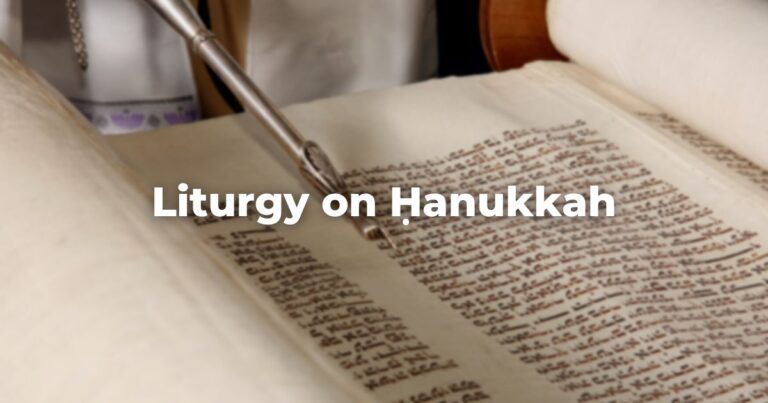One of the core elements of Sukkot is the shaking of the Lulav and Etrog. The bundle of four species is shaken daily, usually during services in the morning, but can be done any time during the day.
How to Shake them
First, the blessing are recited. Then, they are then brought together and waved in six directions: to the front, to the right, to the back, to the left, upward, and downward.
It is customary to begin by holding the etrog upside down, with its tip, called the pitom, facing down and the stem facing up. After the two blessings are recited, the etrog is turned into the proper position and the lulav and etrog are held together.
The waving of the lulav and etrog is done holding the lulav with the spine in the right hand and the etrog in the left hand. In some Ashkenazic communities there is a custom that people who are left-handed hold the lulav in the left hand and the etrog in the right. Uncertain worshipers should consult their rabbis to determine the practice in their communities.
The Blessings
The blessing upon taking the lulav and etrog is:
בָּרוּךְ אַתָּה ה׳ אֱלֹהֵינוּ מֶלֶךְ הָעוֹלָם, אֲשֶׁר קִדְּשָׁנוּ בְּמִצְוׂתָיו, וְצִוָּנוּ עַל נְטִילַת לוּלָב:
Barukh attah adonai, elo-heinu, melekh ha-olam, asher kidd’shanu b’mitzvotav v’tzivvanu al n’tilat lulav.
Praised are You, Adonai, our God, Sovereign of the universe, who, sanctifying us with divine commandments, has commanded us regarding the taking up of the lulav.
The first time each year that one uses the lulav and etrog, the She-heḥeyyanu (also written as shehechianu) blessing is also recited:
בָּרוּךְ אַתָּה ה׳ אֱלֹהֵינוּ מֶלֶךְ הָעוֹלָם שֶׁהֶחֱיָנוּ וְקִיְּמָנוּ וְהִגִּיעָנוּ לַזְמַן הַזֶּה.
Barukh attah adonai, eloheinu, melekh ha-olam, she-heheyyanu, vekiyamanu, vehigiyanu lezman hazeh.
Praised are You, Adonai, our God, Sovereign of the universe, who has given us life, sustained us, and brought us to this occasion.
The same waving procedure is followed each time the lulav and etrog are waved: first after the original blessings are recited before the Hallel service, and then also during the recitation of the Hallel service when the first two verses of Psalm 118 are recited, then again when the first half of Psalm 118:25 is repeated twice later in the Hallel service, and then yet again when Psalm 118:29 is recited.
The waving of the lulav corresponds to the verses themselves. Psalm 118:1, for example, has exactly seven words, God’s name and six others. The six other words correspond to each of the six directions of the waving mentioned above, but no movement occurs when God’s name is recited.
Similarly, the beginning phrase of Psalm 118:25 is made up of four words, God’s name plus three others. Those three other words, however, have a total of six syllables, and these correspond to the six directions in which the lulav is waved.
And Psalm 118:29 consists of six words as well.
Readers may consult in this regard to p. 164 of Rabbi Klein’s A Guide to Jewish Religious Practice; M Sukkot 3:9; and BT Sukkot 37b.
Authors
-

-

The Observant Life: The Wisdom of Conservative Judaism for Contemporary Jews distills a century of thoughtful inquiry into the most profound of all Jewish questions: how to suffuse life with timeless values, how to remain loyal to the covenant that binds the Jewish people and the God of Israel, and how to embrace the law while retaining an abiding sense of fidelity to one’s own moral path in life. Written in a multiplicity of voices inspired by a common vision, the authors of The Observant Life explain what it means in the ultimate sense to live a Jewish life, and to live it honestly, morally, and purposefully. The work is a comprehensive guide to life in the 21st Century. Chapters on Jewish rituals including prayer, holiday, life cycle events and Jewish ethics such as citizenship, slander, taxes, wills, the courts, the work place and so much more.
View all posts






